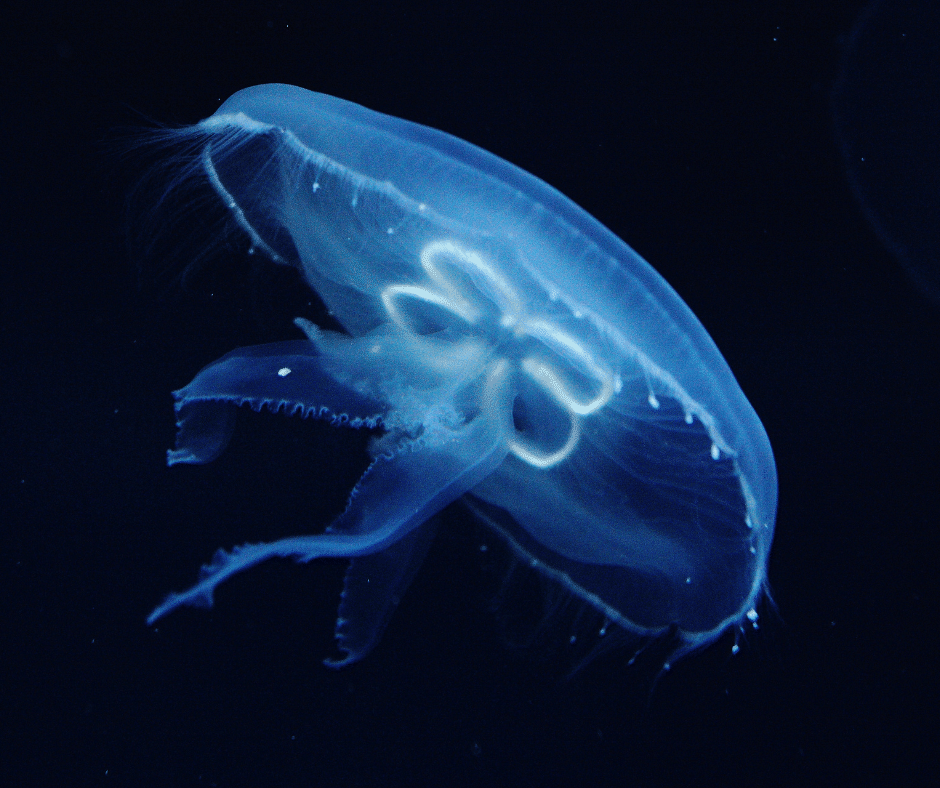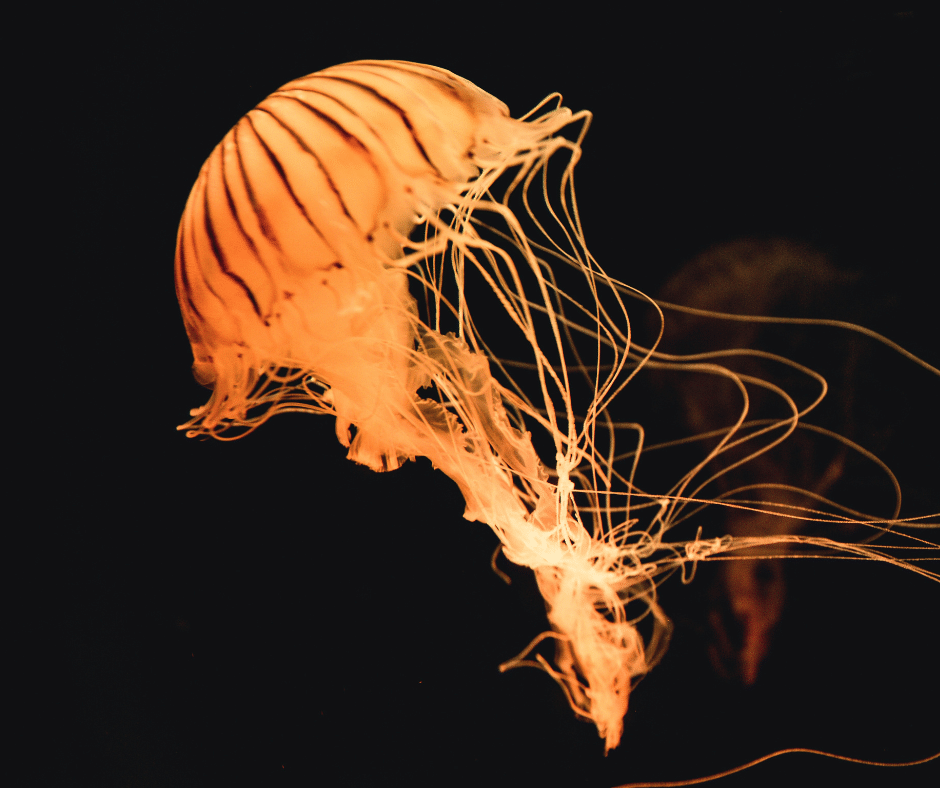There is something incredibly fascinating about bioluminescent creatures. These are animals, plants, and bacteria that emit light through a chemical reaction within their bodies. They are found all over the world, from the depths of the ocean to the rainforests, and they come in a variety of shapes, sizes, and colors.

Bioluminescence is a natural process that occurs when certain chemicals, such as luciferin and luciferase, interact with oxygen to produce light. This process is not fully understood, but scientists believe that it may have evolved as a means of communication, attracting mates or prey, or even as a defense mechanism to scare away predators.
One of the most well-known examples of bioluminescence is the firefly. These beetles are found in many parts of the world and emit a bright, yellow-green light from their abdomen. The light is used to attract mates and communicate with other fireflies.
But bioluminescence is not just limited to insects. There are many other creatures that use this ability to survive in their environment. For example, deep-sea fish use bioluminescence to attract prey and communicate with other fish in the dark depths of the ocean. Some species of squid also use bioluminescence as a defense mechanism, creating bright flashes of light to disorient predators.
In addition to animals, there are also bioluminescent plants and fungi. The jack-o’-lantern mushroom, for example, emits a bright green light from its gills. Scientists believe that this may be a means of attracting insects to help disperse its spores.
One of the most incredible things about bioluminescent creatures is the variety of colors they can emit. Some animals, such as the anglerfish, emit a blue-green light, while others, such as the lantern shark, emit a deep red light. Some organisms, such as the firefly squid, can even change colors, emitting a bright blue light when threatened and a red light when mating.

Bioluminescence is not just fascinating to look at, but it also has many practical applications. For example, scientists are studying the enzymes and chemicals involved in bioluminescence to develop new technologies, such as biosensors and diagnostic tools.
Despite their beauty and usefulness, bioluminescent creatures are facing threats from pollution, overfishing, and climate change. Many deep-sea fish, for example, are being overfished, and their populations are declining. This could have a cascading effect on other creatures in the ecosystem that rely on bioluminescence to survive.
In conclusion, bioluminescent creatures are truly wonders of the natural world. From fireflies to deep-sea fish, these organisms use their ability to emit light to survive and thrive in their environment. Not only are they fascinating to look at, but they also have practical applications in science and technology. However, we must also take steps to protect these creatures and their habitats so that future generations can continue to marvel at their beauty and mystery.
